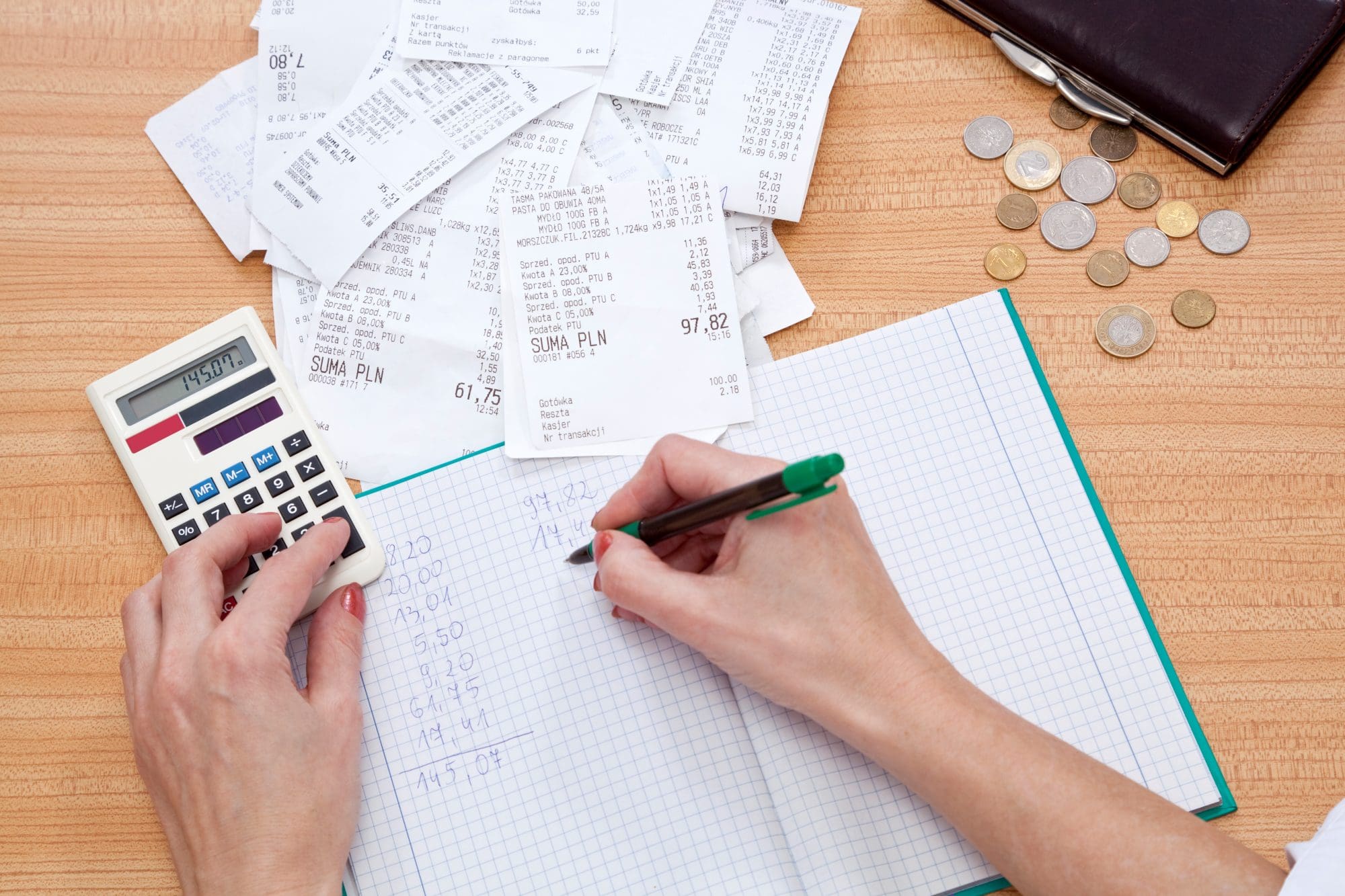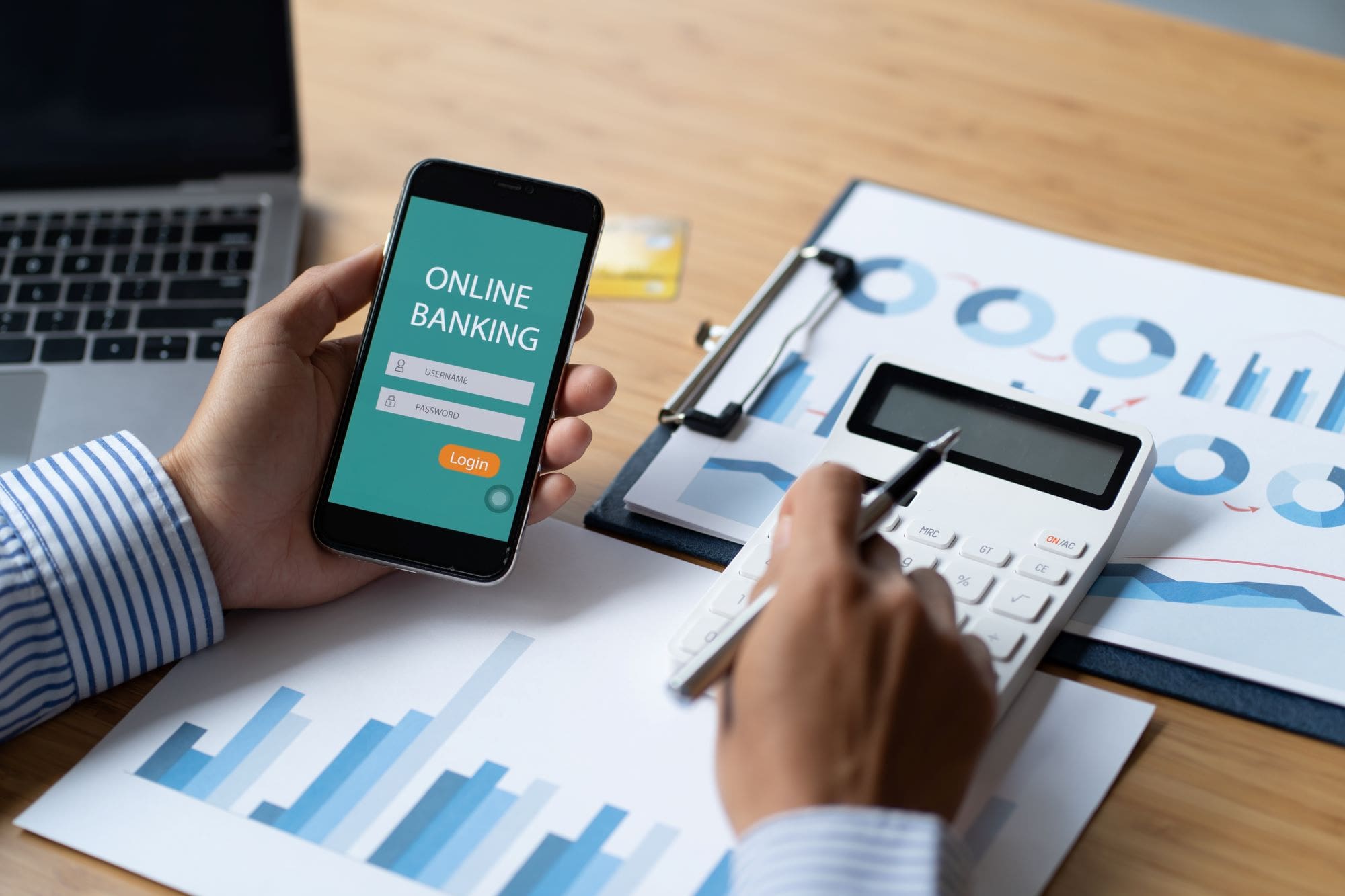
Are You Tracking Your Business Expenses?
The end of the year is around the corner, so is the income tax filing season. Yes, that season when your accountant is probably dreaming about numbers because your books are not adding up, and business owners are running around collecting crumpled expense receipts.
I know how tracking expenses can be a mundane task; the manual data entry or filing of these documents is a task many procrastinate about every day. I do, sometimes, but I have learned to be better at it. But tomorrow never comes, and before you know it, you have a pile of expenses waiting for you.
Unfortunately, it is a task you cannot escape if you want to grasp how stable your business finances are and for your small business’s survival.
Why You Should Track Your Business Expenses
1. Cash Flow Management
Every advice you get on the success of a small business will most certainly touch on cash management. Again, cash is king, and a little mismanagement of your business’s cash flow will only end one way – closure of the business.
Tracking business expenses is one way to stay on toes with the management of cash in your business. In fact, expenses should be captured daily, especially when you have large transactions. It is the only way to ensure the business expenditures do not exceed income.
With daily reports of expenses, it is easy to track whether you are surpassing the monthly budgets or not. It is also easy to know what costs to cut and free up extra cash for other essential business operations.
Related: Cash Flow Management for Small Businesses
2. Determining Profitability
You already know that revenues minus expenses will give you the profits your business has made. It is not just about knowing whether your business is making profits but also about using these profitability reports when applying for credits and attracting investors.
With daily tracking of expenses, you do not have to make calculated guesses about your business’s profitability. If you are using accounting software systems for your bookkeeping, you can be generating up-to-date financial reports like the income statement and Profit & Loss statement (P & L). However, the reports will only be as accurate and up to date as your ability to capture expenses as they happen.
3. Tax Preparedness
If you dread dealing with taxes and the taxman, try working through the process with incomplete records. It gets worse when the revenue authority body comes for an audit, and you have no records to support your filings.
Most importantly, there are several tax-deductible business expenses, which help reduce your company’s tax liability. If you do not track expenses as they happen, you can lose receipts and the chance to disclose these expenses.
Non-business expenses are not allowable (or are not tax-deductible). Daily tracking of business will also ensure you do not mix personal and business expenses.
How to Track Business Expenses
1. Separate Personal and Business Finances
As mentioned earlier, some business expenses are tax-deductible. But these expenses must be incurred in the line of generating income for the business and not from personal activities. It’s a pretty blurry line separating business and personal finances, especially for freelancers and small business owners.
However, separating these expenses is as easy as opening new financial accounts for the business. You will need a separate current bank account, cheque book, credit card, and Mpesa account for the business.
Where possible, avoid using cash to pay for business expenses for smooth tracking. It is effortless to track payments from a bank or credit card statement than remembering when you took money from your wallet to pay for expenses.
Related: Reasons to Separate Personal and Business Finances
2. Proper Record Keeping
You can do this manually or have a digitized system. You can use files or binders for manual record-keeping to keep your receipts, preferably sorted monthly and expense categories.
If you can commit to file the expense receipts every day and there is no employee to do it for you, have a separate file, folder, or envelope to store these receipts. Then set aside a day during the week for doing sorting out these receipts. You can add this task to your calendar as a recurring one for consistency.
Some apps are making it possible to track expenses; all you have to do is snap a picture of the receipt or link the app to your bank or credit accounts.
3. Use a Spreadsheet
For a small business that is starting and has few transactions, or if you are not technologically inclined to try accounting software, a spreadsheet with no. Just create one with columns for dates, expense category, vendor/supplier, the purpose of the expenses, and the amount. Some of the categories to use are marketing expenses, office supplies, travel expenses, utility expenses, or meals with clients.
4. Use Online Accounting Software
Cloud-based accounting software gives access to the system whether you are in the office or not, unlike manual files. This allows you to add expenses on the go and access accounting reports at the tap of a screen. Most of the available cloud-based software is also relatively easy to integrate into your bank accounts, which automates updating expenses.
Learn more in a related article: The Best online accounting software for SMEs






